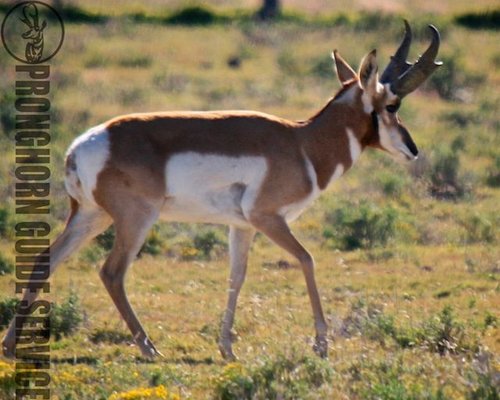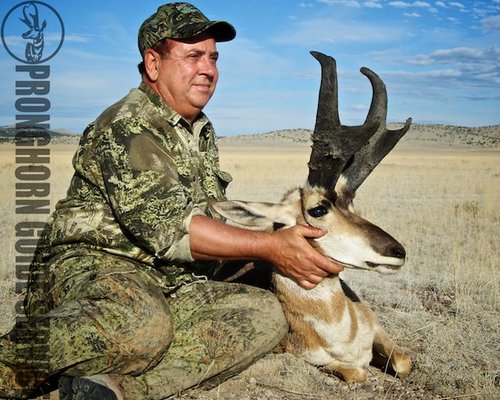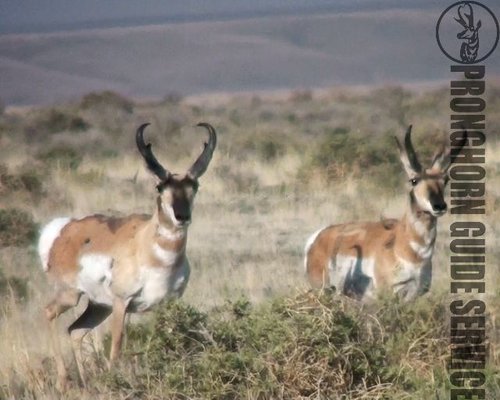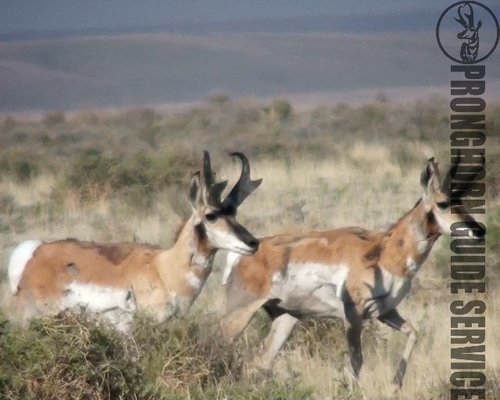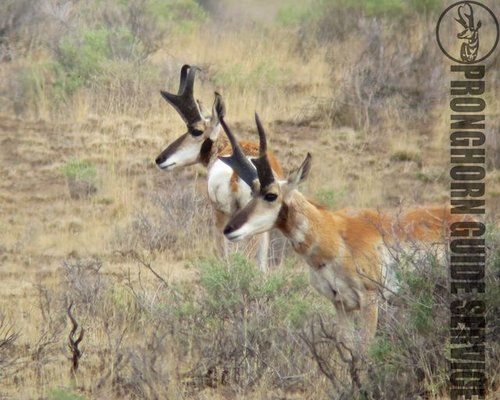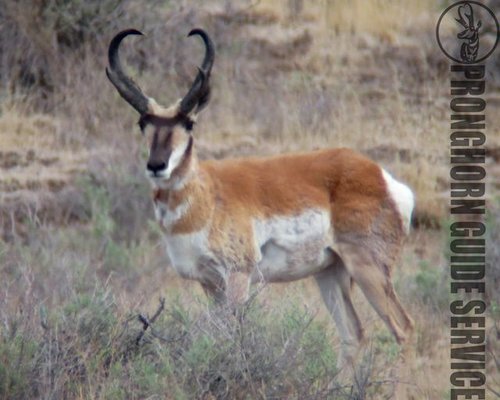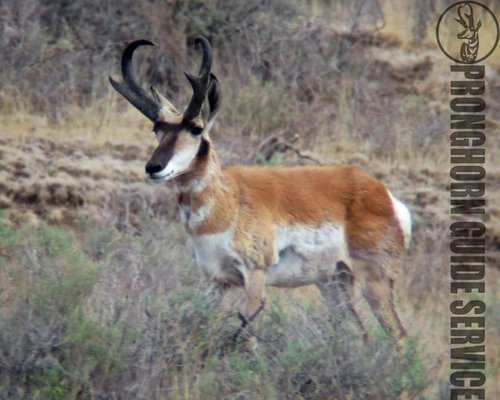EliAGrimmett
Member
My new favorite thing to do is photograph as many two year old pronghorn as I possibly can and try to pick through them and figure out which one is going to be the biggest the next season! It's actually turning out to be easier than I thought it would be. I've nailed two bucks so far, but I've only had two bucks to work with, so I'm two for two. Haha. One of them turned out to score 94-6/8 in his 4th year.  The other buck I actually just posted a photo of. I photographed him last year as a two year old and I did it because for some reason I thought he looked like he was going to be a huge buck the next season. You can see in the photos that I really didn't have much to go off of, but I turned out to be right. So now I'm taking photos of every two year old we see and trying to see if I can replicate the feat. I have no idea if it's possible to identify which bucks are going to be the biggest 3 year olds from their 2 year old photos, but I think there's a strong possibility that it can be done. The most difficult thing is, of course, hoping that hunters don't shoot them when they're two years old!
The other buck I actually just posted a photo of. I photographed him last year as a two year old and I did it because for some reason I thought he looked like he was going to be a huge buck the next season. You can see in the photos that I really didn't have much to go off of, but I turned out to be right. So now I'm taking photos of every two year old we see and trying to see if I can replicate the feat. I have no idea if it's possible to identify which bucks are going to be the biggest 3 year olds from their 2 year old photos, but I think there's a strong possibility that it can be done. The most difficult thing is, of course, hoping that hunters don't shoot them when they're two years old!
For some reason I think this buck will be a World's Record if he lives two more years. If he makes it only to next season I'm going to predict about 90-inches.
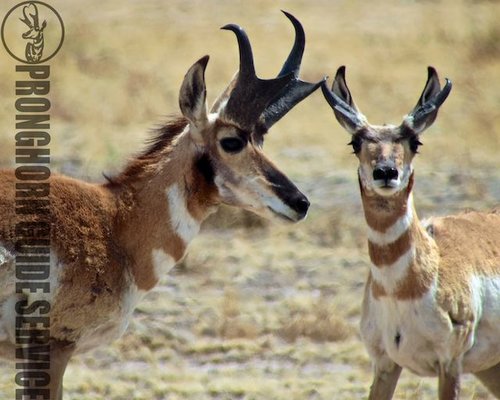
Here's the buck I posted in the other thread as a three year old. As you can see he was a very small and insignificant two year old last year.
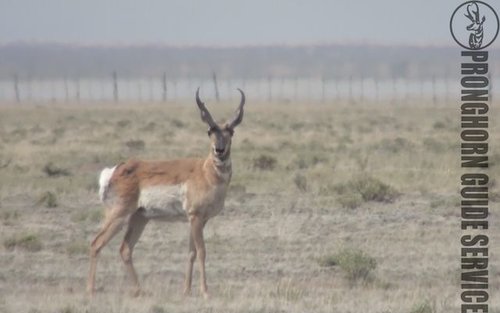
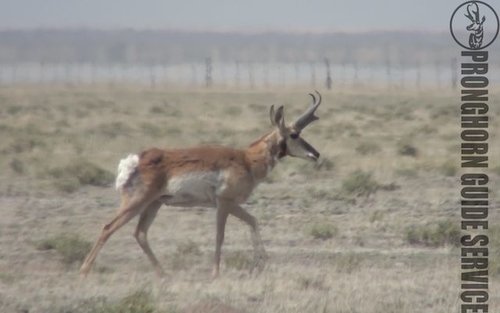
For some reason I think this buck will be a World's Record if he lives two more years. If he makes it only to next season I'm going to predict about 90-inches.

Here's the buck I posted in the other thread as a three year old. As you can see he was a very small and insignificant two year old last year.






